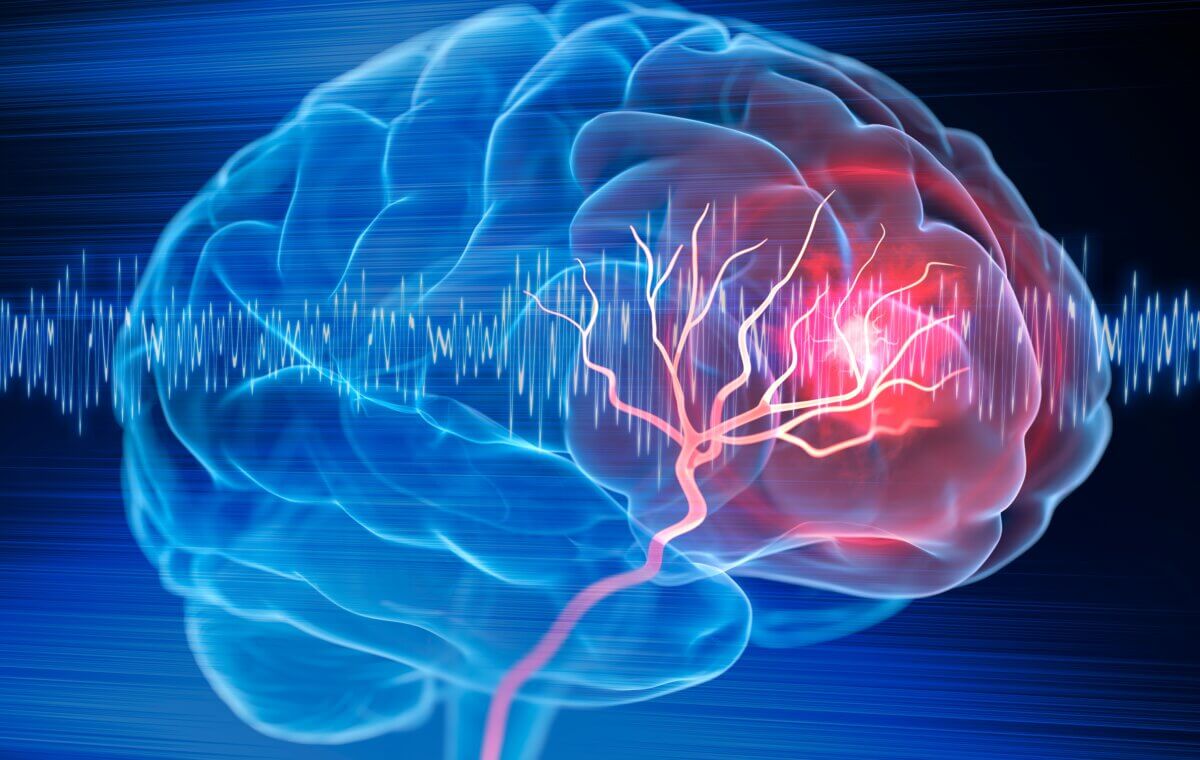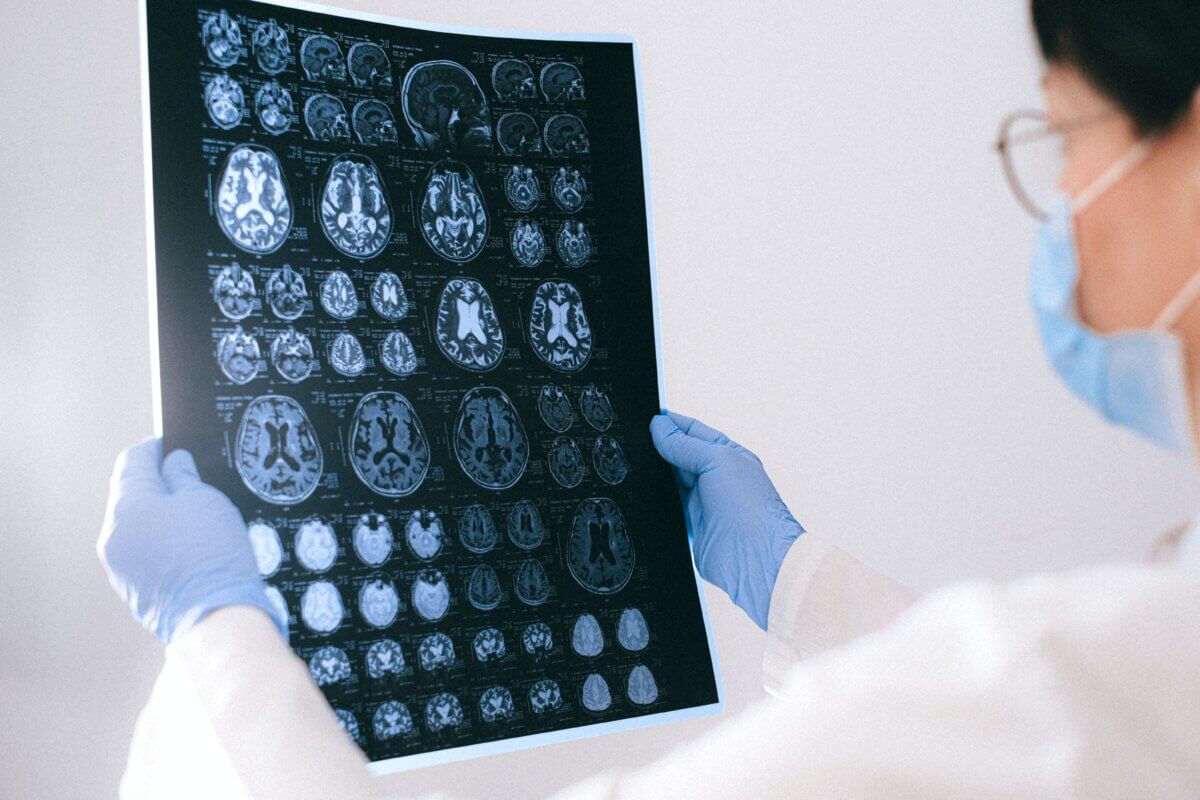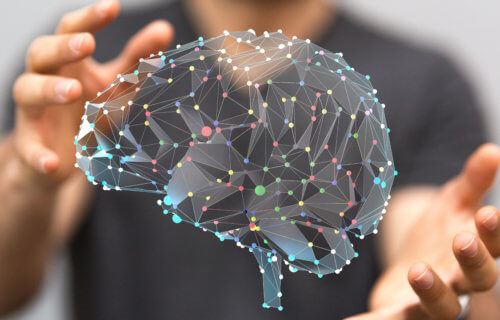CAMBRIDGE, United Kingdom — The brain may not be as resilient as many have thought, a new study explains. Researchers from Cambridge University and Johns Hopkins dispute the notion that the human mind is capable of rewriting itself in order to compensate for an injury or deficit such as loss of sight, amputation, or stroke. Despite the theory appearing in various scientific texts, study authors explain that the prevailing belief that the mind can reorganize itself and repurpose particular regions for new functions is fundamentally flawed.
It’s fairly common to hear stories about blind individuals with incredible hearing, or stroke survivors eventually regaining lost abilities. So, what is going on at the neurological level in these extraordinary cases? Researchers believe it isn’t so much that the mind is rewiring itself, but merely being trained to utilize already existing, latent abilities.
One of the most prominent examples entails a person losing their sight – or being born blind – and the visual cortex, previously specializing in processing vision, being rewired to process sounds, allowing the individual to use a form of “echolocation” to better navigate a cluttered room. Another common example is stroke survivors who are initially unable to move their limbs, but eventually regain control by supposedly repurposing other areas of their brains.
“The idea that our brain has an amazing ability to rewire and reorganize itself is an appealing one. It gives us hope and fascination, especially when we hear extraordinary stories of blind individuals developing almost superhuman echolocation abilities, for example, or stroke survivors miraculously regaining motor abilities they thought they’d lost,” says Professor John Krakauer, Director of the Center for the Study of Motor Learning and Brain Repair at Johns Hopkins University, in a media release.
“This idea goes beyond simple adaptation, or plasticity – it implies a wholesale repurposing of brain regions. But while these stories may well be true, the explanation of what is happening is, in fact, wrong.”

The latest report encompasses 10 seminal studies claiming to show the brain’s capacity to reorganize. The research team explains that while these earlier projects do show the brain’s ability to adapt to change, this ability is not facilitated by the mind creating new functions, but instead by utilizing latent capacities that have always been present since birth.
For instance, one of the studies – a research project conducted in the 1980s by Professor Michael Merzenich at University of California-San Francisco – assessed what occurs when a hand loses a finger. The hand has a specific representation in the brain, each finger even appears to map onto a specific brain region. Remove the forefinger, however, and the area of the brain previously allocated to that finger becomes reallocated to processing signals from neighboring fingers, argued Prof. Merzenich at the time. Put another way, the brain has “rewired” itself in response to changes in sensory input.
Fast forward to present day, and study co-author Professor Tamar Makin from the Medical Research Council (MRC) Cognition and Brain Sciences Unit at the University of Cambridge, explains that this hypothesis is likely flawed – and his own research provides an alternative explanation.
According to a study published in 2022, Prof. Makin made use of a nerve blocker to temporarily mimic the effect of amputating the forefinger among a group of test subjects. This approach led to the revelation that even before amputation, signals from neighboring fingers were already mapped onto the brain region responsible for the forefinger. So, while this brain region may have been primarily responsible for processing signals from the forefinger, this was not exclusively the case. Prof. Makin says all that occurs following amputation is existing signals from other fingers are “dialed up” in this brain region.
“The brain’s ability to adapt to injury isn’t about commandeering new brain regions for entirely different purposes. These regions don’t start processing entirely new types of information. Information about the other fingers was available in the examined brain area even before the amputation, it’s just that in the original studies, the researchers didn’t pay much notice to it because it was weaker than for the finger about to be amputated,” Makin notes.

Researchers also cite another compelling example pointing to the reorganization argument ultimately being false; a study conducted with congenitally deaf cats, whose auditory cortexes (the region of the brain that processes sound) appeared to be repurposed or rewired to process vision. However, when the felines were outfitted with a cochlear implant, this brain region immediately began processing sound once again – thus suggesting their brains had in fact not been rewired.
While analyzing additional research projects, both Makin and Krakauer discovered no compelling evidence whatsoever indicating the visual cortex of individuals born blind, or the uninjured cortex of stroke survivors, ever developed a novel functional ability that did not exist beforehand.
While researchers do not totally dismiss the true stories of blind people being able to navigate purely based on hearing, or individuals who have experienced a stroke regain their motor functions, they nonetheless claim that rather than completely repurposing regions for new tasks, the brains of such individuals enhanced or modified their pre-existing architecture, probably through repetition and learning.
A clearer understanding of the true nature and limits of brain plasticity is crucial, study authors conclude, both for setting realistic expectations for patients and for guiding clinical practitioners while sculpting new rehabilitative approaches.
“This learning process is a testament to the brain’s remarkable – but constrained –capacity for plasticity. There are no shortcuts or fast tracks in this journey. The idea of quickly unlocking hidden brain potentials or tapping into vast unused reserves is more wishful thinking than reality. It’s a slow, incremental journey, demanding persistent effort and practice. Recognizing this helps us appreciate the hard work behind every story of recovery and adapt our strategies accordingly,” Prof. Makin concludes.
“So many times, the brain’s ability to rewire has been described as ‘miraculous’ – but we’re scientists, we don’t believe in magic. These amazing behaviors that we see are rooted in hard work, repetition and training, not the magical reassignment of the brain’s resources.”
The study is published in the journal eLife.
You might also be interested in:
- For best brainpower, avoid snacking on foods with processed carbs
- Groundbreaking brain implant allows paralyzed patients to regain use of electronics
- Babies’ brains ‘rewired’ to crave junk food if mom eats poorly, battles obesity during pregnancy

